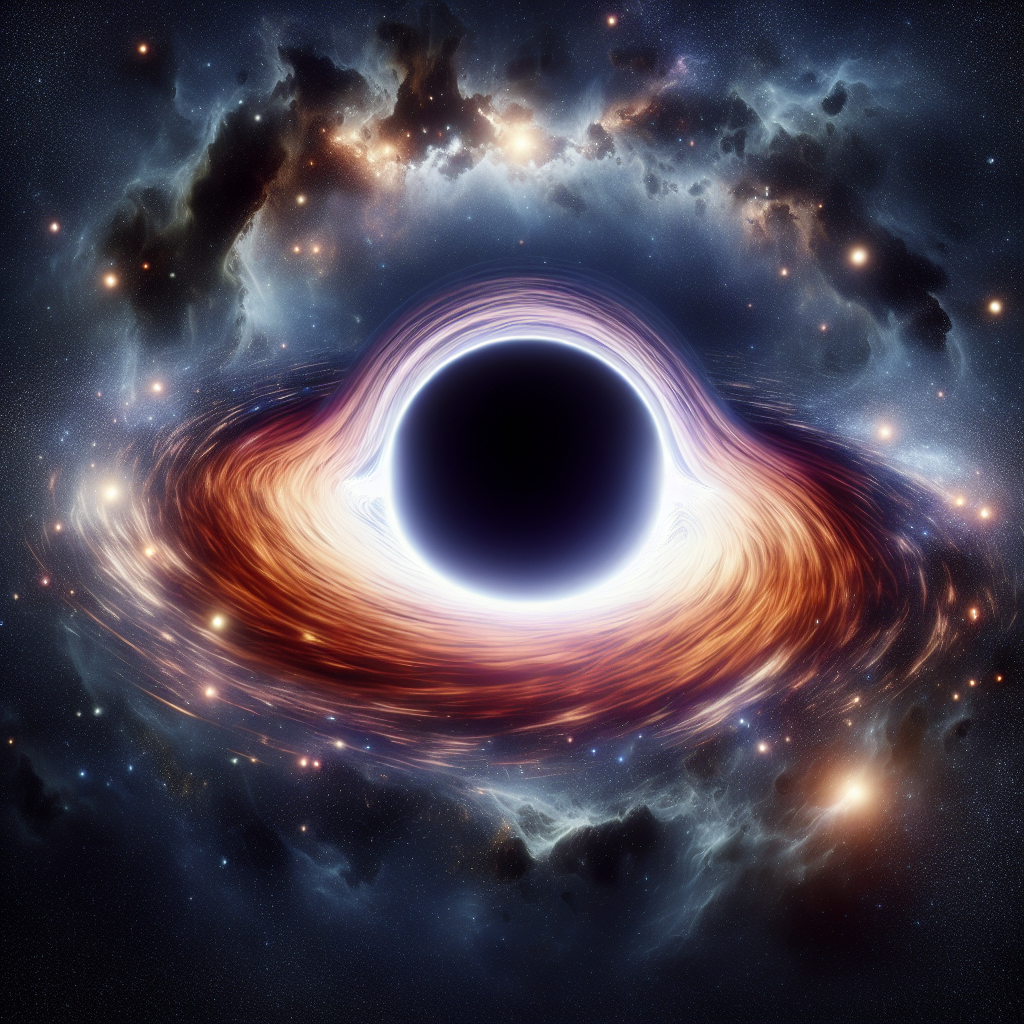Rapid Growth of Early Universe Black Holes Uncovered by Webb Telescope
The James Webb Space Telescope has revealed surprising findings about the early universe, detecting supermassive black holes much earlier than previously believed. Observations suggest these black holes grew rapidly through episodes of supercharged growth, challenging existing theories about their formation timeline and offering new insights into cosmic development.

The latest revelations from NASA's James Webb Space Telescope are challenging existing theories on cosmic development, with astronomers finding supermassive black holes earlier in the universe than previously thought.
Located typically at the center of galaxies, including our own Milky Way's Sagittarius A*, these black holes gain mass by consuming nearby material. However, the early universe's finding through the Webb telescope suggests these black holes grew rapidly despite the limited time available for such mass accumulation.
Study of one primordial black hole indicates it achieved significant growth through episodes of supercharged phases, providing scientists with critical insights into how these cosmic phenomena formed and evolved during the universe's infancy.
(With inputs from agencies.)










